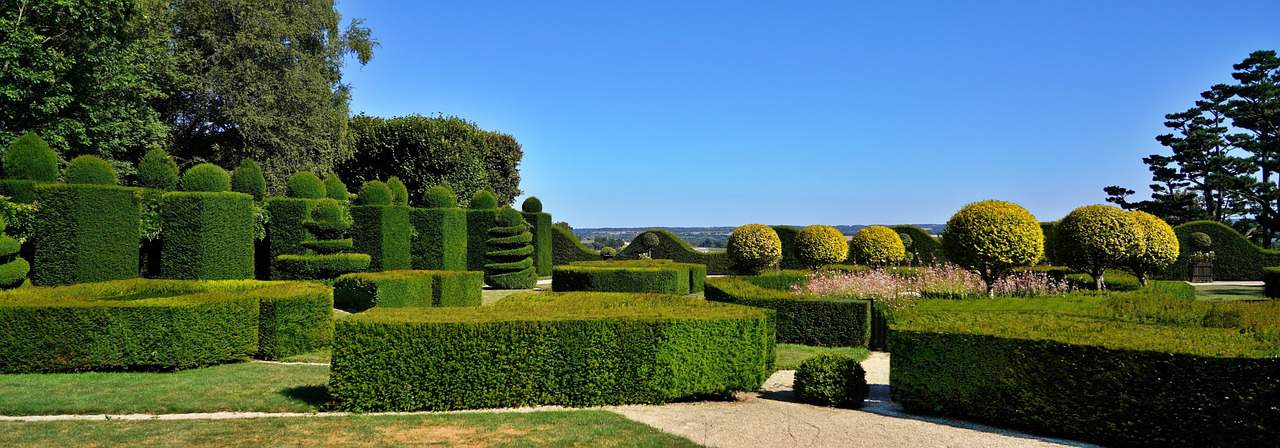A topiary is a plant that is pruned and shaped into a decorative form. Topiaries can be simple or intricate, small or large. The most important thing to remember when growing a topiary is to pick the right plant. Not all plants can be shaped into a topiary, and of the ones that can, some are better than others. Here are the five best plants for growing topiaries.
Yews
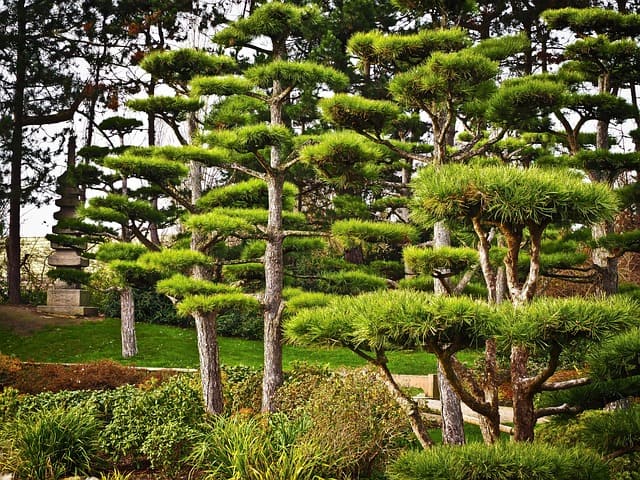
The yew bush is a popular choice for topiaries because it is easy to grow and shape. Yews are evergreen, which means they will keep their leaves all year round. They can be pruned into any shape you desire, including spheres, pyramids, and cones. Yews are also relatively low-maintenance, only needing to be trimmed once or twice a year to keep their shape.
Arborvitae
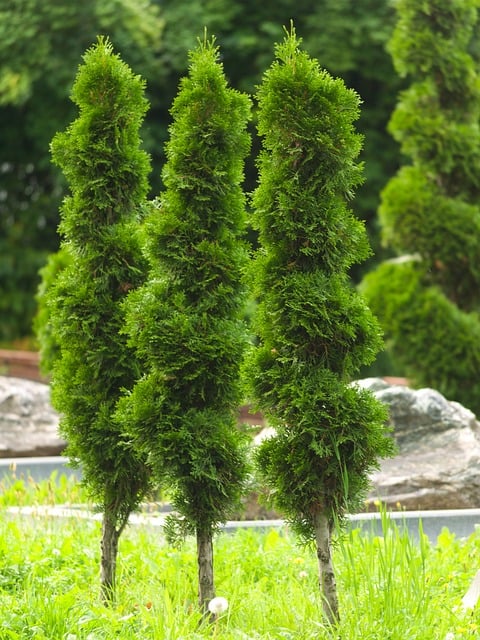
The arborvitae shrub is another good choice for those looking to create a topiary. Like yews, they are evergreen and low-maintenance, only needing to be trimmed a few times a year. Arborvitae can be pruned into any shape, but they are particularly well suited for pyramids and cones due to their natural growth pattern.
Dwarf Alberta Spruce
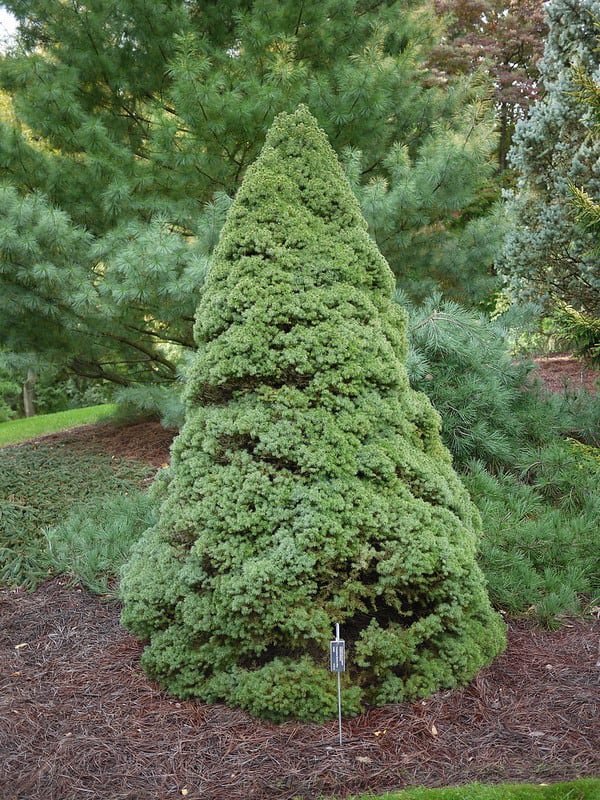
The dwarf Alberta spruce is a type of tree that is often used in topiaries. As the name implies, dwarf Alberta spruces stay relatively small, making them ideal for small topiaries. They can be pruned into any shape, but look especially good as pyramids or spheres. Dwarf Alberta spruces do require more maintenance than yews or arborvitae, however, as they need to be trimmed every few weeks to maintain their shape.
Boxwood

Boxwoods are another popular choice for those looking to create a topiary. Boxwoods are evergreen and can be pruned into any shape. They are relatively low-maintenance, only needing to be trimmed once or twice a year. One downside of boxwoods is that they are susceptible to blight, so it is important to keep an eye on them and contact a professional if you notice any signs of disease.
Japanese Holly
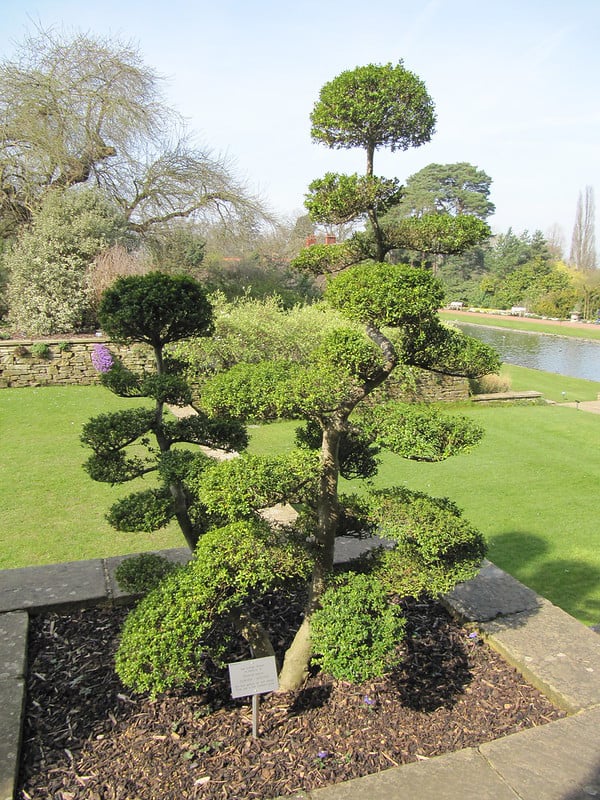
The Japanese holly shrub is the last plant on our list of best plants for growing topiaries. Japanese hollies are evergreen and can be pruned into any shape. They have dark green leaves that provide contrast in your garden and make an excellent background for other plants. Japanese hollies require more maintenance than some of the other plants on this list; they need to be trimmed every few weeks to maintain their shape.


